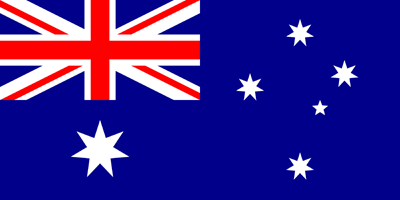
CHOOSING THE RIGHT BINOCULARS: WHAT THE NUMBERS MEAN
When shopping for binoculars, you'll notice numbers like 10x42 or 8x32 in product descriptions. These aren't just random figures--they tell you about the binoculars' magnification, lens size, and field of view. Understanding these features helps in choosing the right pair for your outdoor adventures, whether it's hiking, birdwatching, or stargazing.
MAGNIFICATION: HOW MUCH CLOSER CAN YOU SEE?
The first number in binocular specifications refers to magnification. For example, in 10x42 binoculars, the "10x" means objects appear ten times closer than they would with the naked eye.
- Higher magnification (10x or more): Ideal for long-distance viewing but may require a steady hand or tripod to reduce shakiness.
- Lower magnification (7x to 8x): Offers a wider field of view, making it great for activities like birdwatching or sports.
For general outdoor use, 8x or 10x magnification strikes a good balance between detail and stability.
LENS SIZE: LIGHT AND BRIGHTNESS MATTERS
The second number in binocular specifications represents the diameter of the objective lenses (the large lenses at the front), measured in millimetres. A 42mm lens (as in 10x42 binoculars) gather more light than a 32mm lens, making it useful in low-light conditions such as dusk or dawn.
- Larger lenses (42mm or more): Provide brighter images but add weight, which may be a consideration for hikers.
- Smaller lenses (25mm to 32mm): More compact and lightweight but may struggle in dim lighting.
If portability is a priority, compact binoculars with 32mm lenses offer a good compromise.
FIELD OF VIEW: HOW MUCH CAN YOU SEE?
Field of view (FoV) determines how wide an area you can see through the binoculars. It's typically measured in metres at a distance of 1,000 metres (eg 110 m/1000m)
- Wider field of view (eg 130 m/1000 m): Helps track moving objects, such as wildlife or birds.
- Narrower field of view (eg 100 m/1000 m): Provides more detail but makes it harder to follow fast-moving subjects.
For outdoor activities like hiking or wildlife spotting, a wider field of view (120 m or more) is often preferable.
FINDING THE RIGHT BALANCE
Choosing binoculars depends on how you plan to use them. If you're after lightweight travel binoculars, 8x32 models provide a good mix of magnification and portability. For detailed long-distance viewing, 10x42 binoculars offer greater clarity while still being manageable for handheld use.
For any outdoor trip, binoculars pair well with other essential gear like folding knives, compasses, and weather-resistant backpacks, ensuring you're prepared for any adventure.


